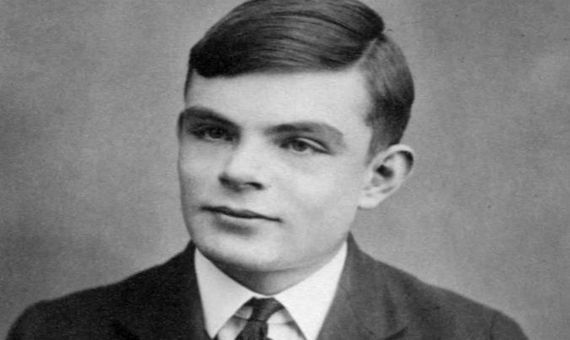Biomathematics “translates” biology’s dynamic processes into numerical models, thus creating a common space of learning for zoologists, physicists, virologists and statisticians, among others.
Dr. William Moses Feldman (1880-1939) coined the term “biomathematics” in 1923 when he used to term in the title of an article, baptizing a field of knowledge that nearly 100 years later includes highly relevant disciplines for current developments such as bioinformatics, biostatistics or computational biology.
Feldman was born in Russia and moved to England as a child. There he studied and practiced medicine, with a special focus on children’s health and hygiene. Feldman was a physician, and yet was interested in the numerical key to some of his patients’ more common dynamics. His intention was to fill a void, as he explained in the introduction of his article, “many mathematics professors receive requests from the biology field.”
Today mathematics have become the quintessential academic choice, thanks in part to technological advances like quantum computing and big data, making it possible to blur traditional borders with other sciences. Biomathematics have evolved from Feldman’s simple “mathematical principles for biology students” and are now established as one of the most promising tools for medicine or genetics. In fact, 2018 was proclaimed the international Year of Mathematical Biology by the European Mathematical Society (EMS) and the European Society for Mathematical and Theoretical Biology (ESMTB) precisely for the purpose of underscoring the relevance of consolidating this field of knowledge and its growing importance.
Biological processes are written in mathematical code
Nicolas Rashevsky (1899-1972), a theoretical physicist originally from Ukraine who worked as a professor in the U.S., published what is considered the first scientific article on mathematical biology 14 years after Feldman: “Mathematical biophysics: physicomathematical foundations of biology”. A year later he created the first specialized journal on the topic, The Bulletin of Mathematical Biology. Even though he is considered the father of mathematical biology for his pioneering theoretical approaches to the subject, the truth is that at the time, his theses did not impact the community of biologists. Rashevsky developed the first model of neural networks and contributed to the dissemination of mathematical biology throughout this career as a professor and researcher. The collection (kept at the University of Chicago) of his studies, letters and bureaucratic paperwork demonstrate this.

Biology breaks down dynamic processes in nature into individual elements in order to be able to study them. Mathematics makes it possible to put together the pieces of the puzzle using mathematical models. The goal isn’t to transfer mathematical tools to a biological context, but to create them ad hoc, derived from the very nature of the biological process to be studied, as occurs in the case of the global nutrient cycle or human genomes. Thus, it is no surprise that as research delves into these areas, hybrid fields have emerged like biostatistics, which makes it possible to analyze scientific issues like biodiversity, agriculture or medicine from a mathematical perspective.
In order to “put on mathematical lenses” and decrypt the numerical keys to the process of how a disease spreads, for example, equations are used that represent the components of a system, the dynamic processes and the structure of their interactions. This is the foundation of mathematical biology. Some of the greatest scientific projects in history, such as the Human Genome Project or the Human Microbiome Project, are possible thanks to the use of bioinformatics, a branch of biomathematics that makes it possible to process large amounts of biological information, such as molecular and genetic data. Biomathematics are applied to areas like cellular neurobiology, epidemiology or population genetics.
Thanks to mathematical biology, the union of a molecule of DNA is studied using knot theory, for example, and the abstract group theory is used to explain something so terrestrial as the way animals walk. Biomathematics also look for fractal structures in blood vessels, plants’ leaves or the shape of the components of our lungs. At the same time, Euclidean geometry explains why most viruses are shaped like an icosahedron, Antón Lombardero Ozores explains in the journal Revista de Didáctica de las Matemáticas (Didactic of Mathematics Journal).

Another big name in biomathematics is Alan Turing, who is also famous for many other scientific achievements. He was interested in the processes that condition the particular shapes of each organism (morphogenesis), leaving as a legacy very useful equations to analyze the healing of wounds or the classification of benign and malignant tumors. In the words of Antón Lombardero Ozores, Turing is considered “the founder of contemporary Mathematical Biology”. And with good reason, his works already included three ingredients from current biomathematics: modeling, differential equations and the use of a computer as a key tool.
Going forward, mathematics hold the key to personalized and predictive medicine as the mathematical models could serve to determine the role of genes whose function is still unknown, optimize the strategies and treatments for viral infections or the early diagnosis of future neurological disorders. Without a doubt, the pairing of mathematics and biology is the Rosetta stone to decipher the secrets that determine the existence of life in numerical code.
Comments on this publication